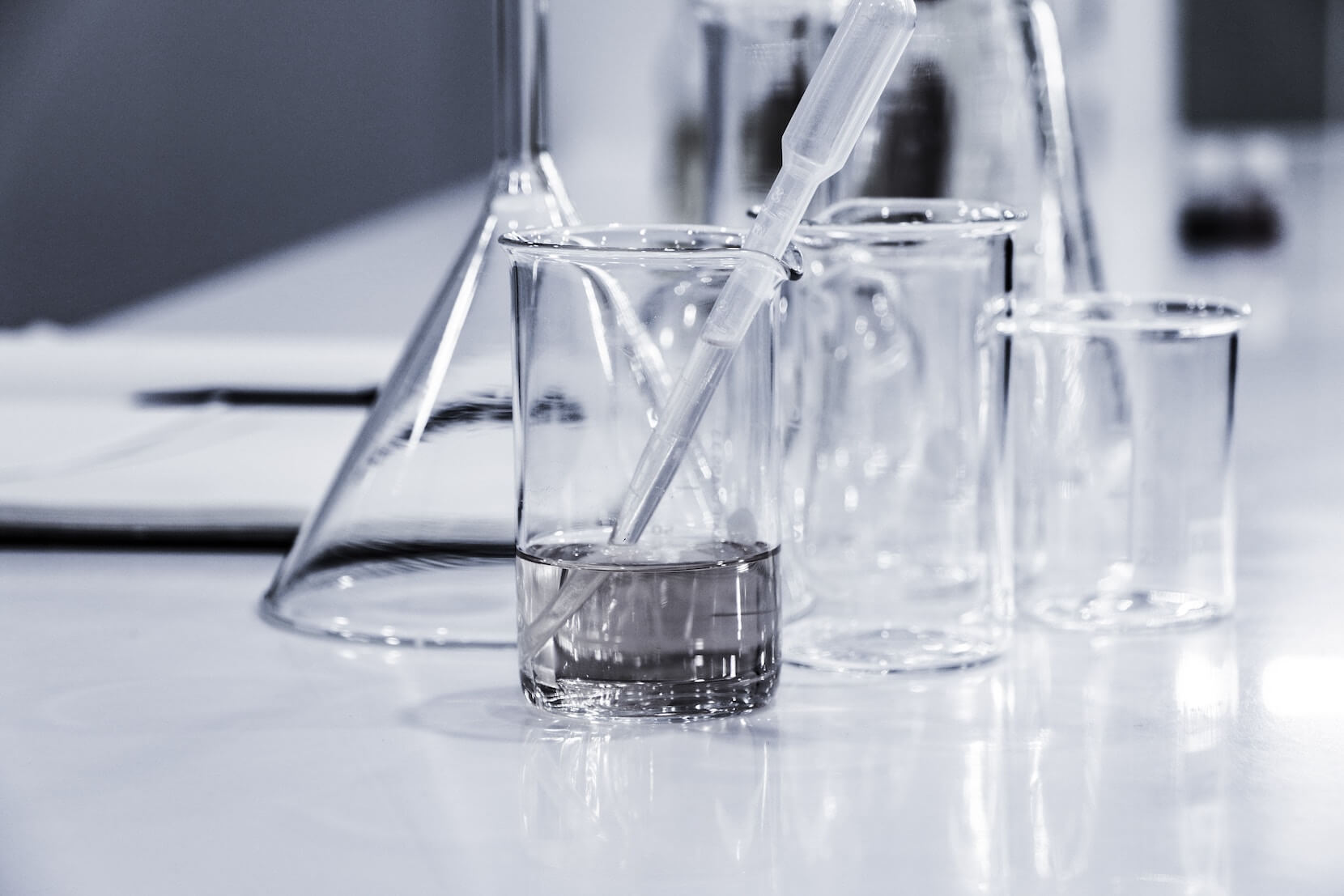Chlorine and trihalomethanes
The addition of chlorine is an essential step to ensure harmful bacteria are eliminated from your drinking water. The formation of Trihalomethanes is a consequence of this process.
Disinfecting water with chlorine is an essential step to make your water safe to drink. When chlorine reacts with organic matter in water, trihalomethanes (THMs) can form.
How trihalomethanes (THMs) form
Most drinking water in Ireland comes from surface water sources, like rivers, lakes and streams. The water often contains tiny particles of organic matter, such as dirt, twigs and leaves. To make the water safe to drink, chlorine is added during the disinfection process.
THMs can form when chlorine reacts with organic matter in the water. There are 4 main factors which cause THMs to form.
Health and THMs
Health and THMs
There are concerns about possible health risks from drinking water with increased THM levels. The Health Service Executive (HSE) found no scientific study that conclusively linked THMs with serious illnesses, such as cancer. The HSE's report on Trihalomethanes states:
“The benefits of using chlorine to treat our drinking water are much greater than any possible health risk from THMs.”
Health Service Executive (HSE)
What we're doing
We are working to remove the risk of elevated levels of THMs forming in all public water supplies. We are doing this through a programme of investment to address all water treatment issues. The programme targets water supply zones where the risk of THMs is highest. The works will optimise and upgrade these water treatment plants to:
- remove as much organic material as possible
- control the concentration of chlorine in the water
We're also taking measures to reorganise networks and regularly flush storage reservoirs and pipelines.
Further information
For more about THMs and your drinking water, visit the Environmental Protection Agency. For more about THMs and your health, visit the Health Service Executive.



